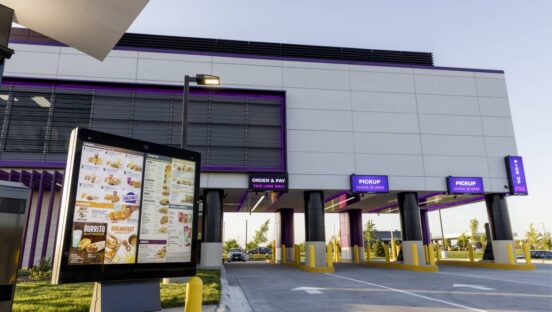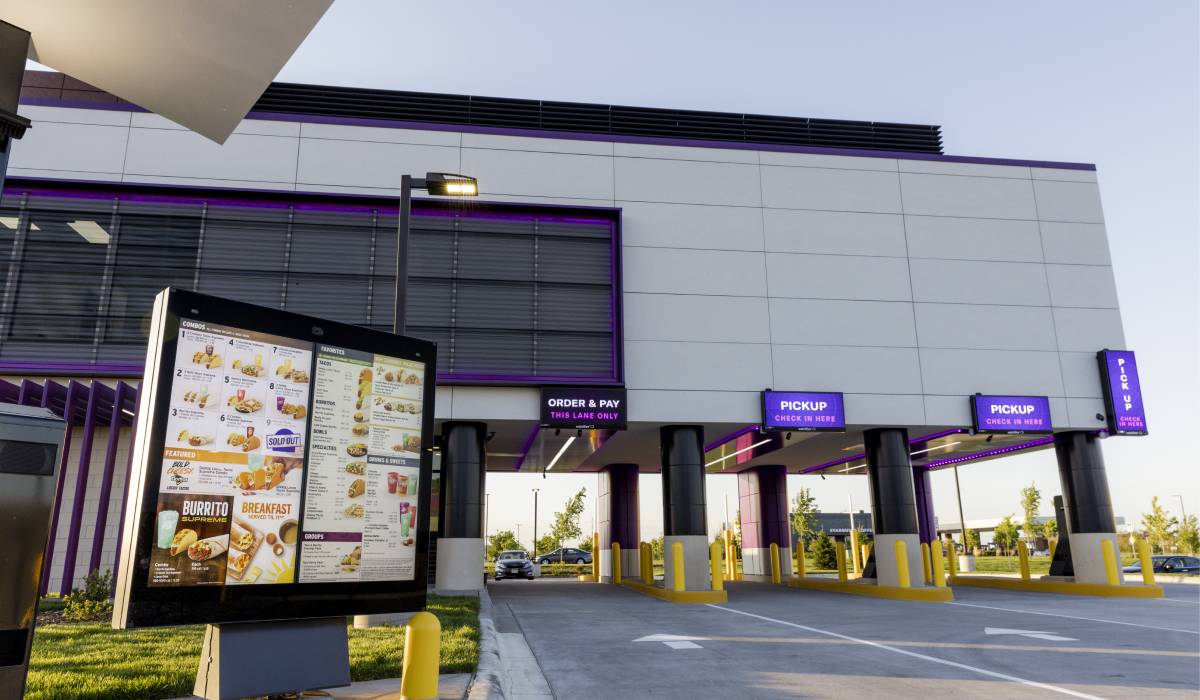Restaurant menus are so much more than just lists of dishes—they inspire people. They speak to customers. Historically, though, restaurateurs used menus to show offerings without much thought about how they presented dishes or represented restaurants. With the advent and proliferation of digital menus, restaurant owners and managers now have a chance to use menus as something more than straight-up instructional documents.
Food choices are based on many factors. With digital menus, restaurateurs have more opportunities to analyze and adjust menu items by seeing what sells, testing item placement, and pushing menu items that are more profitable or popular than others. It’s all about being curious and looking at the data, taking an inquisitive approach to finding out what people are purchasing and why.
Time and Menu Versatility
Menus certainly weren’t always used to market, and it makes sense: Before digital menus, testing menu options meant redesigning, reprinting, and wasting paper. Testing physical menus with new items can be complicated, costly, and reckless if you’re not conscious of your budget and feedback. Digital menus, on the other hand, require no costs to change, and everything is super simple to switch back.
At a time when test menus and limited-time releases are popular, patrons are more open to a menu changing, too. Digital menus allow guests to easily digest changes and get used to regularly updated items.
Taking the Step Toward Modernization
Though switching to a digital menu is progress, it isn’t a magical cure-all. If your restaurant has a modern point of sale system, you’ll need to understand how to analyze and design your menu according to the data. The menu can only do so much.
What really matters is empowering your staff to ask questions and share what they see and hear. Train them to observe bestsellers and gather feedback when meals are left unfinished. The opportunity to gather feedback can be exciting for your team if you tell them what it can do for the business.
And with that feedback, you can better understand what you’re looking for. Then, you can A/B test items to nail down your perfect menu.
A/B Testing Illuminates the Details
If you’re serious about getting the most out of your menu, switch to a digital menu with a menu manager that offers the access and flexibility for you to collect data and make necessary changes as needed. A/B testing is the most cost-efficient for digital menus. In fact, A/B testing on a digital menu can be quite easy because changes can be reverted effortlessly. Testing could improve your restaurant’s performance metrics—even if your restaurant is already successful.
You can test a number of adjustments to influence how an item sells—or to help determine what should not be on your menu. A/B testing can help you decide if an item:
- Is priced too high
- Has an unappetizing description
- Is positioned poorly on the menu
- Is unfamiliar to patrons
- Isn’t prepared the way patrons expect
- Doesn’t taste good
- Has an ingredient most patrons don’t like
- Just doesn’t fit in with the other offerings
A/B testing on a digital menu is as simple as switching an item for a certain amount of time and comparing the results. If you think a price might be too high, for example, lower it for two weeks, but change nothing else. After, compare sales to the two weeks before the test. A great POS system should make doing the math easy.
If you see positive results—for example, lowering an item’s price correlated to selling more of it—you can keep the price change. If you didn’t see any difference in the data, however, you’d know to change the price back and move on to testing a different factor.
Or, perhaps you want to consider reframing a dish like “spaghetti and meatballs” because “Mom’s Famous Spaghetti and Meatballs” resonates more with patrons who value a familial take to the dish. In other instances, your dish may need a more compelling photo. In this case, consider hiring a food photographer, and post the most appetizing photo with the item’s name and description. Marking items with their dietary characteristics—such as spicy, gluten-free, or dairy-free—can also help guide patrons through the menu with ease. Whatever changes you want to experiment with, digital menus make testing easy so you can improve the sale of one or every item.
Your Best Menu is Your Best Marketing Tool
No matter how you decide to improve your digital menu, remember the importance of involving staff. It’s tough to offer great training in such a fast-paced environment with quick turnover and labor shortages, but the advantages can’t be overstated. Teaching staff how to effectively gather customer feedback about menu items can add a new level of inspiration and challenge to their roles. And with customer feedback in hand, owners can pinpoint menu factors to focus on and easily test changes with digital menus to land on the perfect menu for the best customer experience possible.
Leanna Olbinsky is the director of success at Table Needs, a real-time, end-to-end restaurant technologies solution for hosting, managing, and optimizing menus; simplifying sales and ordering; and managing payments onsite and online.








